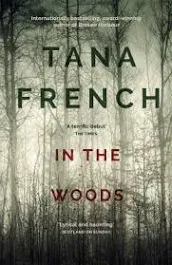Nicholas Searle
Fiction 2016| 352 pages
![]()
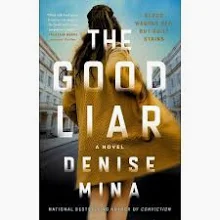
The Good Liar begins delightfully. Two people, Roy and Betty, nearing 80, meet for dinner through a dating app. Well, this could be an interesting story, no? It doesn't take long to figure out that Roy is the most despicable and irredeemable character I have met in a book. Roy is a dapper, well dressed and spoken, long-time conman. He is now in his 80s and is a misogynist, a selfish, psychopathic schemer. He smooth-talks Betty, who's much wealthier than he is, and moves in with her. Betty gives the appearance of being naive, trusting, gentle, forgiving, non-demanding ... an easy target. But you can feel it right from the start. Betty is not who she is pretending to be.
The book takes us back to four incidents that occurred earlier in his life, that explain or, more precisely, demonstrate, how Roy became this vile man. Unfortunately, the flashbacks to Roy's earlier years are, for the most part, infinitely less engaging than the present day with Roy and Betty, as dishonest and dysfunctional as their relationship is. As two reviewers have written, these early stories (maybe1/3 of the book) are dull and flat. I must agree. (Although the last flashback, when he is 14, held my interest.) In the present day, we watch as Roy's and Betty's relationship grows and the cunning and dishonesty builds.
The context for their history is Nazi Germany, the Russians, and concentration camps. Rather disturbing.
I do not recommend this book.
October 2025

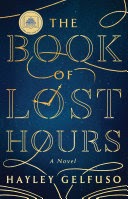
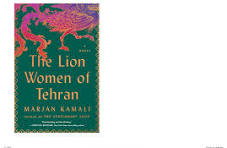
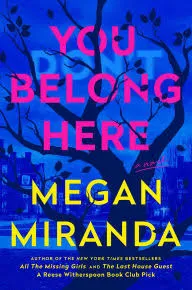
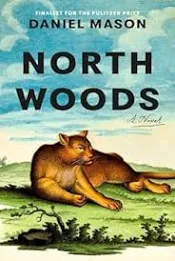

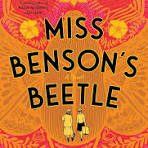
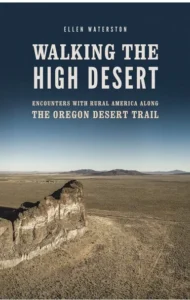
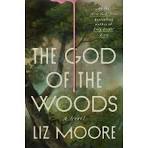 Liz Moore
Liz Moore